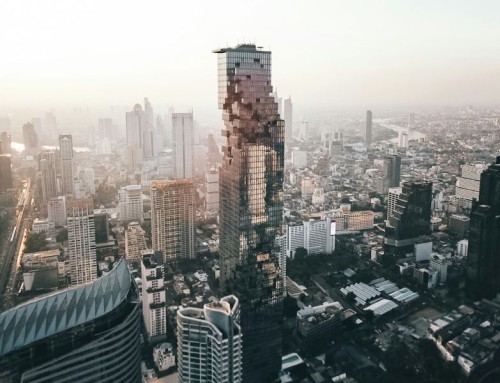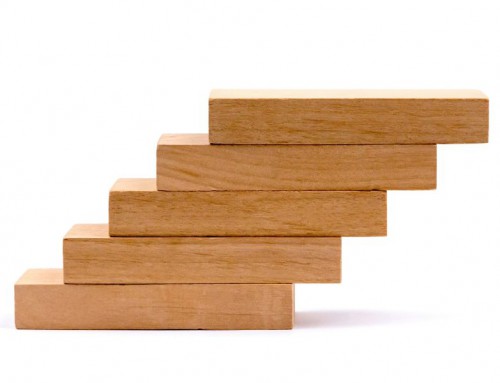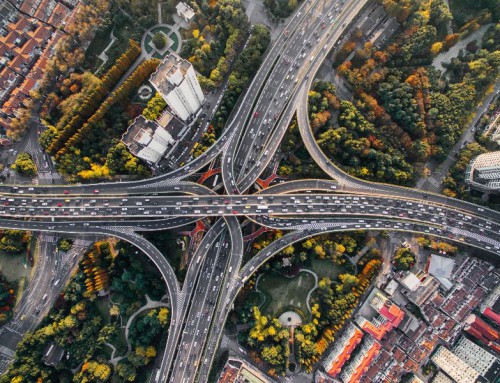Buying a good landed property in Singapore is a little more complex than purchasing a condominium. When you purchase a condominium, the views and layouts of the various units within the same stack are generally similar. Generally, a higher level in the same stack would cost more. This would mean that buyers could take a look at past transacted prices on the Urban Redevelopment Authority (URA) of Singapore’s website to get a gauge of prices in a certain area. This does not hold for landed properties. The URA only shows prices based on land size. They do not show prices based on the total built-up area. Thus it would be more difficult for buyers and sellers to gauge the appropriate pricing for a landed property.

District 15 Landed property transaction data from URA for August 2017
Buyers and sellers often have this perplexing question of “how much is a landed property worth?” Here are some factors which determine the price of a landed property.
1) Land size
This is perhaps the most obvious of all factors. Being a landed property, you actually own the land which the property sits on. Thus, all things being equal, a larger land would translate to a higher price.
2) Tenure of land
Generally freehold land is the most valuable. On the title of the land, it would state Estate Fee Simple or Estate in Perpetuity. Both of these refer to freehold land in Singapore. Next in line would be leasehold land with 999-year tenure. These are treated as good as freehold lease as well. Under historic common law, 999-year leases are essentially permanent leases of property and appear in Britain or its former colonies. Singapore is one of them. Last in line would be leasehold land with 99-year tenure. All things being equal, 99-year leasehold land is the cheapest.
3) The condition of the building on the land
A rundown single storey property would cost a lot less than if there was a 2 or 3-storey building on the land. Construction cost is rather expensive in Singapore. It would cost about $250 per square foot to build a property on a plot of land. This is a conservative estimate which does not take into account any construction complications such as deeper piling cost. The cost per square foot could go up much higher. In today’s construction market, it could cost about $1 million or more to build a 3-storey inter terrace with about 3500 square feet of built-in area. Thus a run down single storey inter terrace in district 19 could cost about $1.5 million but a brand new 3-storey with attic on a similar plot of land could cost close to $3 million. If the property is brand new, i.e. recently rebuilt and no one has yet to live in the property, it could fetch a higher price. Also, the design of the property should be kept simple and contemporary. There are instances whereby landed property owners painted the rooms in a certain striking manner, perhaps to reflect their personal taste and preference. For example, some property owners may install wallpaper bearing logos of a certain sports team. Such unique designs cater to a very limited pool of buyers. Thus reselling the property may be a challenge.
4) The layout of the property
There are some landed properties built with poor layouts. Generally, buyers do not like split level living and dining areas. A split level is when there is a step up or down to get from one space to another. The reason why some buyers may not want this is that they may have elderly folks living with them. Also, the property should have a room on the ground level for elderly folks as well as a domestic helper’s room at the back of the property.
5) Location
This is perhaps obvious enough to just about anyone. The more central the location, the higher the price. A landed property in Novena would cost a lot more than one in Sembawang Hills Estate, all things else being equal.
6) Whether the property is facing a busy or quiet road
Some landed properties face a busy main road. This can adversely affect the price of the landed property. The amount of dust and noise generated by a busy main road is extremely high. These undesirable factors are usually factored into the price of the property and the difference in price could be substantial when compared to a landed property along a quiet stretch of road. In general, buyers tend to prefer properties that are within a cul-de-sac although there may be security concerns if the cul-de-sac is too quiet and secluded.
7) The availability of curbside parking
This is often overlooked by buyers of landed properties but I personally feel that this is an important factor. A landed property’s driveway may not be long or wide enough to accommodate many vehicles. In fact, most inter terraces can only accommodate 1 or 2 vehicles. During festivals like Chinese New Year, visitors will need to park by the curb outside the landed property. If there is a double yellow line or a continuous white line in the middle, then visitors cannot park there. There are some curbs in front of landed properties that are large enough to accommodate a vertically parked vehicle.

Large curb in front of landed properties. The curb is enough to accommodate a vertically parked vehicle.
8) The profile of the neighbouring units
Having a temple or an association as an immediate neighbour may pose some inconveniences. There may be noise generated and if there is burning of joss paper, some ash may end up in the neighbouring properties. Curbside parking may also be an issue especially when large events are held. At times, if the roads are narrow and the number of visitors to the temple or association is large, this may cause congestion. This is also true for landed properties closer to churches. During weekly service periods, traffic may be congested. Also, if the property is behind or close to a row of shophouses, this may mean that there may be a higher chance of rodents in the area. This is especially true if there are eating establishments.
9) The facing of the property
It would be impossible for a detached house not to have west sun entering the property as all sides have exposed windows. However, it is avoidable for inter terraces and perhaps semi-detached houses. Singapore is an extremely hot and humid country and to have direct west sun entering the property can be rather uncomfortable. Thus properties with direct west sun facing may be less desirable. Conversely, if the property faces an open space or a park it may serve to increase the desirability of the property and thus the property may be able to sell for a higher price, all else being equal.
10) Proximity to the main road or public transportation
Even though most landed property owners own a vehicle, having a property too deep into a landed enclave may pose a great inconvenience for the children of the household or anyone who does not drive. Thus to have a landed property within walking distance of a bus stop or MRT station is an added bonus.
11) Proximity to good schools
Being 1 kilometre to a good primary school is an added bonus. Being close to a good school can have a positive effect on the price of the landed property.
12) The future development in the area
If there is an upcoming MRT station in the area or if there is a shopping mall nearby it may serve as a pull factor for buyers to look at that area. They may be attracted by the future convenience. This price increase can be seen in properties along the upcoming Thomson-East Coast Line. Areas like Serangoon also saw a jump in prices after the shopping mall, Nex, opened. Thus we should expect a similar positive impact from upcoming developments as well.
13) The asking and past transacted prices of the units in the area
This is something to consider if you are a property seller. Your ability to sell your property is also determined by what other sellers in your vicinity are asking for. Even though the correlation is much weaker when it comes to landed properties as compared to condominiums, there is still a bearing.
14) The unit number of the property
Generally, favourable numbers like 6 or 8 are preferred by Chinese buyers. Especially those who believe in feng shui. This same group of people may not want the number 4 on the property as well.
15) The overall upkeep of the neighbourhood
Most of the time landed properties are individually built and designed. There may be a case whereby all properties along the same row look extremely different in terms of height, built up and design. There are cases whereby a developer may develop a whole row or area of landed properties. In such cases, the area may look more uninformed and organised. This may translate to higher demand from buyers and eventually a higher selling price. Having a single storey neighbour may pose an issue for a built up 2 or 3 storey inter terrace or semi-detached house. There may be instances whereby the exposed wall may need to be accessed. A scaffold may need to be erected above the single storey property. This can be inconvenient. Some discerning landed property buyers may not want the hassle.
A landed property is distinctively different from a condominium and thus the variables involved in pricing the property is a lot more than a condominium. It would be wise to look for an indicative pricing with a financial institution or if an accurate valuation is needed, to hire a valuer to appraise the property. When in doubt, do contact an experienced property agent to help with the pricing of a property.
Yours Sincerely,
My other articles about landed property:
Guide to landed property in Singapore
Buying a Landed Property and Rebuilding it. A Personal Experience.






